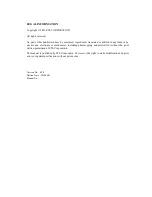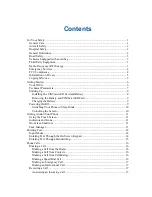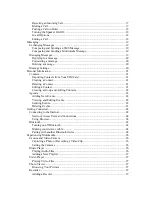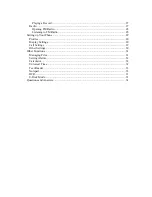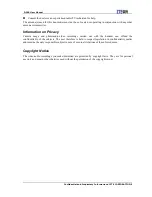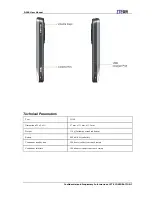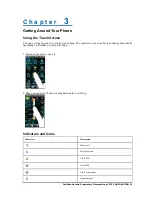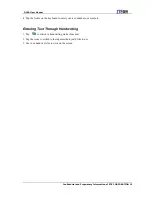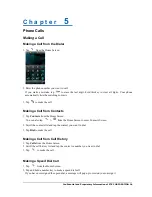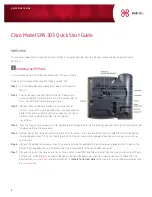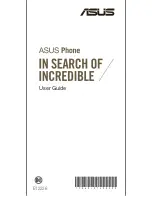
D300 User Manual
4 Confidential and Proprietary Information of ZTE CORPORATION
all meet the government requirement.
The FCC has granted an Equipment Authorization for this model phone with all reported SAR levels
evaluated as in compliance with the FCC RF exposure guidelines. SAR information on this model
phone is on file with the FCC and can be found under the Display Grant section of
http://www.fcc.gov/oet/fccid after searching on
FCC ID: Q78-ZTECD300.
For body worn operation, this phone has been tested and meets the FCC RF exposure guidelines for use
with an accessory that contains no metal and that positions the handset a minimum of 1.5 cm from the
body. Use of other enhancements may not ensure compliance with FCC RF exposure guidelines. If
you do not use a body-worn accessory and are not holding the phone at the ear, position the handset a
minimum of 1.5 cm from your body when the phone is switched on.
Emergency Services
To make an emergency call in any country:
1. Ensure that your handset is on and in service.
2. Tab
Home Key
as many times as needed to go back to Home screen.
3. Tab the Dialer.
4. Enter the official emergency number for your present location, for example, 112 (the international
emergency number).
5. Tab
to dial the number. Follow instructions received and do not end the call until told to do so.
Notes:
•
Tell the operator which service you require: Police, Ambulance, Fire Brigade, Coastguard or Mountain
Rescue Service. Tell them where you are and remain stationary to maintain contact if possible.
•
Due to the nature of the cellular system, the connection of emergency calls cannot be guaranteed. You
should never rely solely on any wireless device for essential communications like medical emergencies.
FCC Compliance
This device complies with part 15 of the FCC Rules. Operation is subject to the following two conditions:
(1) This device may not cause harmful interference, and (2) this device must accept any interference
received, including interference that may cause undesired operation.
Caution: Changes or modifications not expressly approved by the manufacturer could void the user’s
authority to operate the equipment.
NOTE: This equipment has been tested and found to comply with the limits for a Class B digital device,
pursuant to part 15 of the FCC Rules. These limits are designed to provide reasonable protection against
harmful interference in a residential installation. This equipment generates, uses and can radiate radio
frequency energy and, if not installed and used in accordance with the instructions, may cause harmful
interference to radio communications. However, there is no guarantee that interference will not occur in a
particular installation. If this equipment does cause harmful interference to radio or television reception,
which can be determined by turning the equipment off and on, the user is encouraged to try to correct the
interference by one or more of the following measures:
Reorient or relocate the receiving antenna.
Increase the separation between the equipment and receiver.
Connect the equipment into an outlet on a circuit different from that to which the receiver is
connected.


